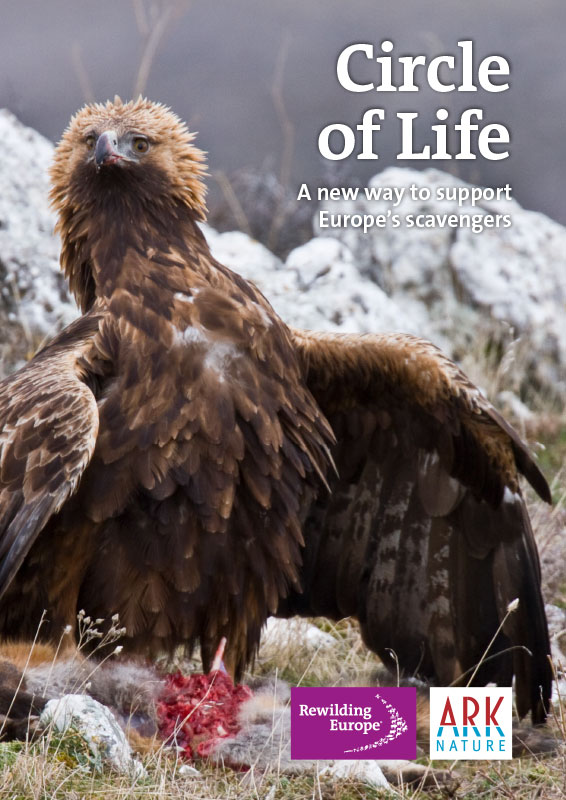An inaugural grant from the newly established Endangered Landscapes Programme will enable Rewilding Europe and local partners to develop a 120,000-hectare wildlife corridor in the Greater Côa Valley in northern Portugal. By scaling up current rewilding efforts in Western Iberia, this will transform a region with high levels of rural depopulation and species loss into one with new opportunities for both wild nature and people. The 2.6 million euro grant complements another for 2.1 million euros for a record-breaking wetland and steppe restoration project in the Danube Delta.

Rewilding Europe is delighted to announce that a grant of 2.6 million euros (3 million USD) from the Endangered Landscapes Programme (ELP) will enable rewilding activities to be significantly scaled up in Western Iberia. The funding will be used to develop the Greater Côa Valley as a 120,000-hectare (1200 square-kilometre) wildlife corridor. Located in northern Portugal, this will connect the Malcata mountain range in the south with the larger Douro Valley in the north.
“We are thrilled and deeply grateful to be receiving this new funding from the ELP,” says Rewilding Western Iberia team leader Pedro Prata. “This project, which represents a huge step forward for rewilding in this dramatically beautiful and unique area, will transform a region with high levels of rural depopulation and species loss into one where biodiverse natural landscapes deliver ecosystem services such as fire prevention, local products and wildlife tourism.”
The ELP-funded project, entitled “Creating a wilder future for the Greater Côa Valley”, will run from 2019 through to 2024. It will allow Rewilding Europe and its local partners to promote a 35,000-hectare protected area of natural and archaeological interest, replicate the success of the Faia Brava Reserve (our core Western Iberia rewilding area) in other parts of the Côa Valley, and to restore the so-called “Circle of Life” involving predators and scavengers. It will also allow threats to habitat and species recovery, such as poaching, poisoning and hugely damaging wildfires, to be minimised.
The Greater Côa Valley is situated in a region with one of with the highest levels of land abandonment in Europe. The associated disappearance of domesticated herbivores (and their grazing) means many landscapes are now covered by forest, dense undergrowth and scrub. This has negatively impacted biodiversity and increased the risk of wildfire. These problems have been compounded by overhunting and persecution, with prey species such as wild boar and roe deer overharvested, limiting the ability of apex predators such as Iberian wolf and Iberian lynx to recolonise the area.
This project will counter these trends by using innovative land use models to boost biodiversity and restore food chains. Wild horses, Tauros, roe deer and Iberian ibex will be reintroduced in core areas, leading to the creation of naturally diverse mosaic landscapes. This, in turn, will reduce fire risk and increase populations of prey species such as rabbit and red-legged partridge. In agreement with local hunting associations, wildlife populations will thereby be restored.

“Over the next five years a growing network of naturally grazed areas will combine to form the backbone of a larger natural landscape defined by unique, magnificent wilder nature and cultural values,” says Deli Saavedra, a regional manager with Rewilding Europe and the overall project lead.
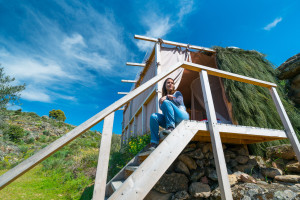
In addition to reducing fire risk, the ELP-funded project will bring a wide range of other benefits to people living in and around the Greater Côa Valley. The comeback of iconic wildlife will underpin the development of a modern, nature-based economy and generate a burgeoning sense of pride in local wild nature.
There will be significant investment in education programmes and training courses for wildlife guides, and comprehensive support for local nature-based enterprises. The 220-kilometre Côa Grand Route will be promoted as a safe corridor for both wildlife and people through a stunning new “Land Art” Festival, raising the profile of the area and generating increased nature-based tourism revenue. Local partners are Rewilding Portugal, ATNatureza, the University of Aveiro and Zoo Logical.
Progressive programme
The ELP has been established thanks to a 30 million USD investment from Arcadia, the UK-based charitable fund of philanthropists Lisbet Rausing and Peter Baldwin. Supporting charities and scholarly institutions that preserve cultural heritage and the environment, it has awarded more than 500 million USD to projects around the world since 2002.
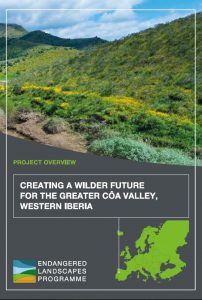
The ELP is managed by the Cambridge Conservation Initiative, a unique collaboration between the University of Cambridge and leading internationally-focused biodiversity conservation organisations clustered in and around the city of Cambridge. In line with Rewilding Europe’s own objectives, it envisions a future in which Europe’s landscapes are enriched with biodiversity, establishing resilient, more self-sustaining ecosystems that benefit both nature and people.
The ELP is not about recreating the past and taking things back to a time before human influence, but aims to restore processes, populations and habitats for a better and more sustainable future. It signals a shift away from “slowing declines” and “no net loss” to a more positive and creative agenda in which the potential of our land and seas is recognised.
“Europe’s landscapes need to be repaired if they are to fulfil their potential as places that can offer space for nature to thrive and give people inspiration and enjoyment,” says ELP Programme Manager David Thomas. “These are landscapes where vital ecosystem processes can provide us with a sustainable supply of clean air, fresh water, food and fuel, where natural habitats can protect us from floods, storms and sea-level rise, and where wildlife can move freely as it adapts to climate change.”
Following a thorough evaluation process, the ELP has selected eight ambitious projects to receive funding. Over the next five years, these projects – which also include another Rewilding Europe project to rewild 40,000 hectares of wetland and steppe in the Danube Delta – will work to restore natural processes in a diverse range of landscapes across Europe.
“Rewilding Europe is extremely grateful for this substantial investment,” says Frans Schepers, Managing Director of Rewilding Europe. “It is tremendously encouraging to see restoration and rewilding in Europe supported today at such a scale by a private foundation. I hope this also encourages others, including the public sector, to join the movement to restore and rewild European landscapes.”
Unique landscapes
A four-hour drive from Lisbon or Madrid (and two hours from Porto), the Côa Valley is a spectacular mix of steep gorge, oak forest, rocky heath and olive grove. Land abandonment here means wildlife is already making a widespread comeback. From Egyptian and griffon vultures to golden and Bonelli’s eagles, the area is a haven for numerous bird species, while roe deer, wild boar, fox, European wildcat and the Iberian wolf are all gradually returning. An Iberian lynx was recently spotted here for the first time.
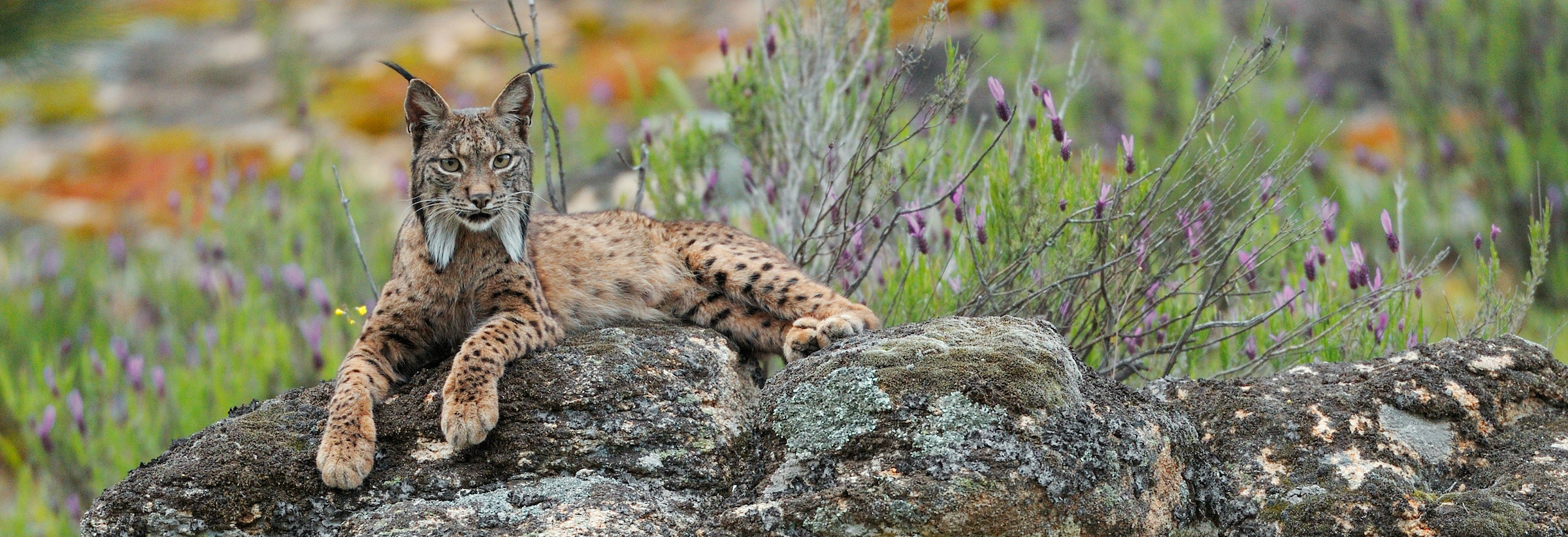
Rewilding Europe and partners have been carrying out rewilding activities in Western Iberia since 2012, using natural processes as drivers of change and building nature-based economies (loans from Rewilding Europe Capital, Rewilding Europe’s conservation finance loan facility, have so far helped a quartet of nature-based businesses become established here). By scaling up these activities, this project will demonstrate the ecological and economic benefits of more naturally grazed mosaic landscapes, and hopefully transform the Côa Valley into one of the main migration routes for wildlife in this part of the Iberian Peninsula.
- Learn more about Rewilding Europe’s work in Western Iberia here.
- Visit the Rewilding Western Iberia Facebook page here.
- Visit the Endangered Landscapes Programme website here.
- Learn more about the individual projects being funded by the ELP here.
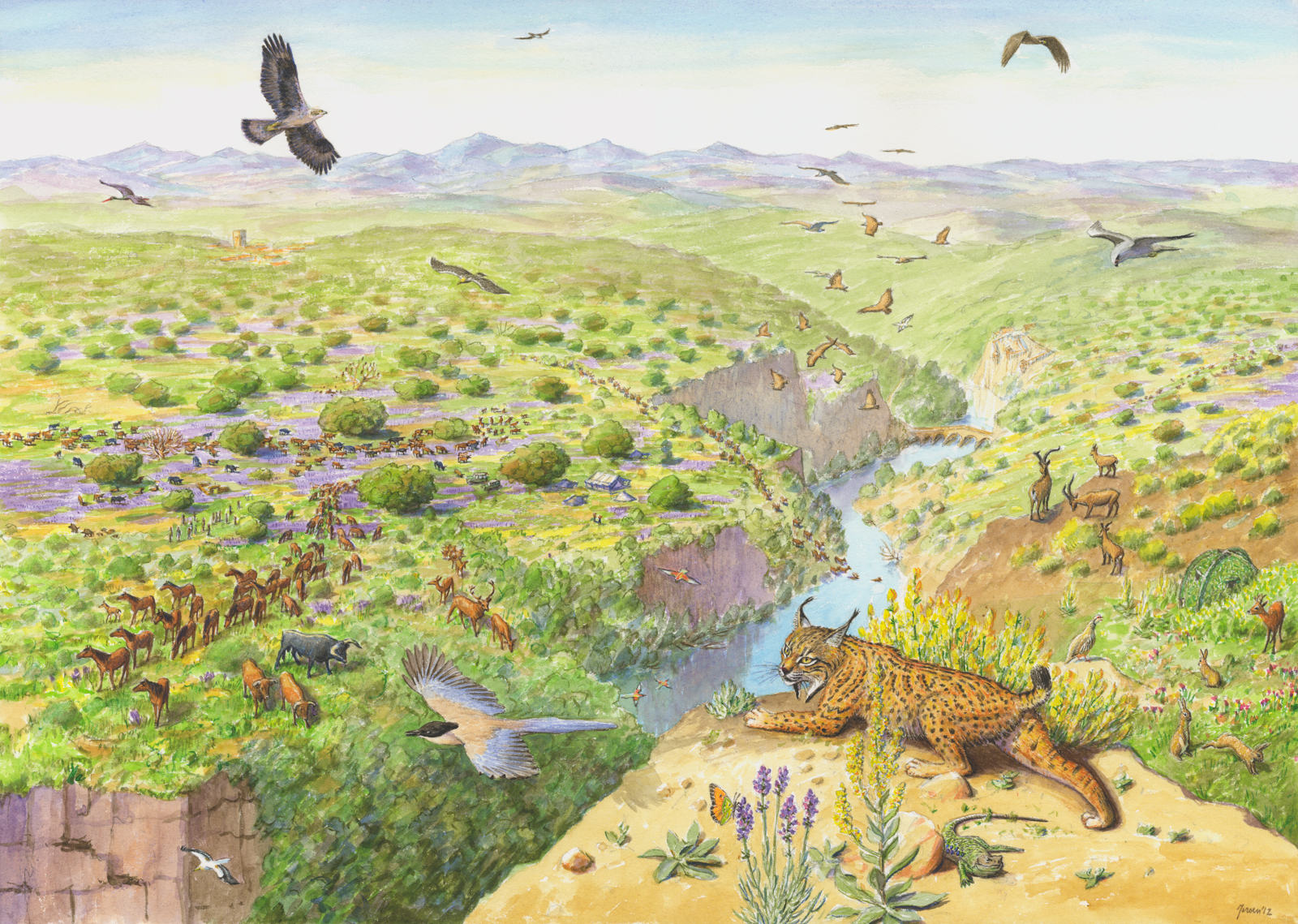
The eight projects funded by the ELP are as follows:
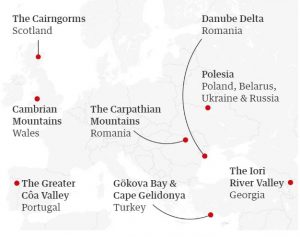
- Rewilding Europe for Danube Delta wetland and steppe restoration.
- Rewilding Europe for the development of a 120,000-hectare wildlife corridor in Western Iberia.
- The Royal Society for the Protection of Birds (RSPB) for a project in the Scottish Highlands as part of the Cairngorms Connect
- Rewilding Britain and the Woodland Trust for the Summit to Sea/O’r Mynydd i’r Môr (S2S) project in mid-Wales.
- Fauna & Flora international for a project to restore more than 500 kilometres of vulnerable Turkish Mediterranean coast.
- The Frankfurt Zoological Society for a project to restore drained wetlands and support the designation of new conservation areas in Belarus and Ukraine.
- Fundatia Conservation Carpathia (FCC) for a project to establish one of Europe’s largest wilderness areas in Romania.
- BirdLife International for a project to restore ecological processes, habitats and species assemblages in Georgia.

